Core Structure and Performance Advantages
1.High-Strength Structural Design: The clamp body is integrally welded and formed using NM450 wear-resistant steel, with the jaw part reinforced by thickening. It boasts excellent deformation resistance, capable of withstanding the impact of long-term and high-frequency wooden material grabbing. Its service life is over 30% longer than that of ordinary steel.
2.Hydraulic Drive System: Equipped with a double-acting hydraulic cylinder and matched with a high-precision hydraulic valve group, the clamping force can be adaptively adjusted according to material specifications (the maximum clamping force ranges from 5kN to 30kN, depending on the adapted specifications of the excavator model). The opening and closing response is fast, completing a single opening and closing cycle in 0.8-1.2 seconds, which prevents wood from slipping or being crushed and damaged.
3.Anti-Slip Clamping Design: The inner side of the jaws is distributed with multiple rows of sharp-tooth anti-slip patterns, with the tooth spacing optimized to 8-12mm. It can tightly grip logs of different diameters (suitable for diameters ranging from 50mm to 800mm), and maintain stable clamping even on inclined working surfaces (with a maximum inclination angle of 30°).
4.Versatility and Safety: Adopting a standardized quick-connect interface, it can be assembled and disassembled with the excavator in 10 minutes, and is compatible with mainstream brands (such as Caterpillar, Komatsu, Sany, XCMG, etc.). It has a built-in hydraulic locking device, which can automatically lock the clamp body in case of sudden power failure or hydraulic failure, preventing material falling and ensuring operation safety.
Application Scenarios
Logging yards: Transportation of logs in the forest after harvesting and stacking of collected timber;
Wood processing plants: Loading and unloading of raw materials, sorting and storage of wood panels;
Warehousing and logistics: Handling and stacking of wooden packages and pallets;
Landscaping projects: Grabbing the roots and fixing the trunks during the transplanting of large trees;
Infrastructure projects: On-site handling and installation of wooden structural materials (such as square timbers and sleepers).

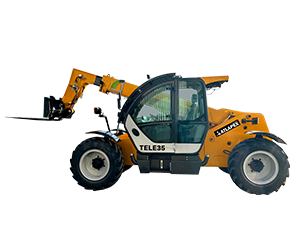
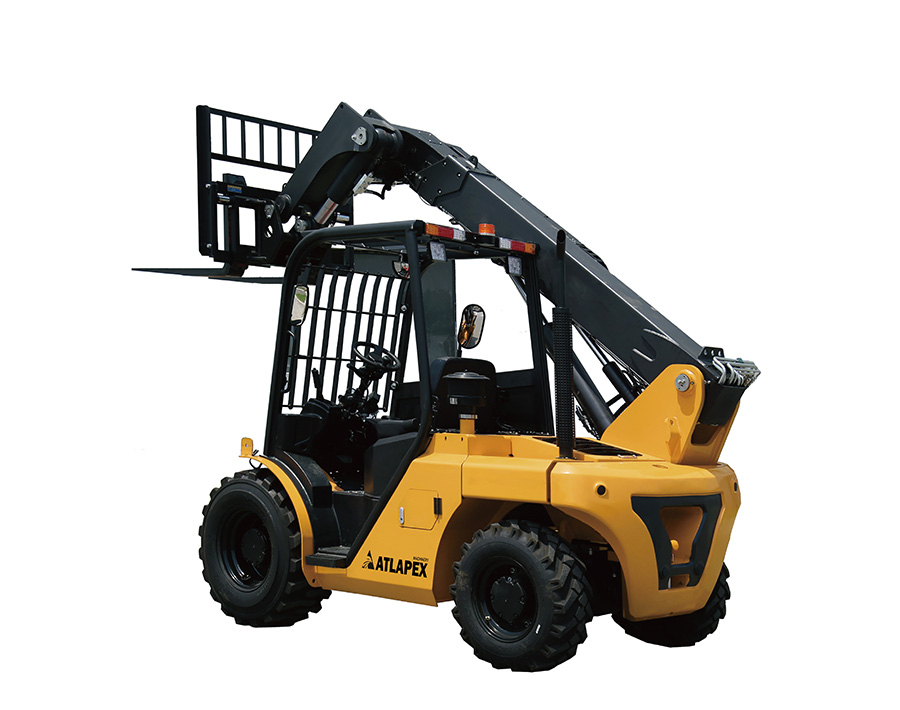
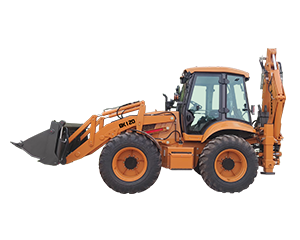
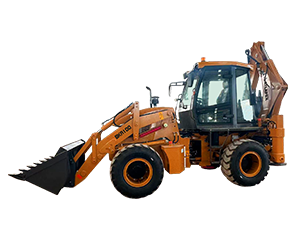
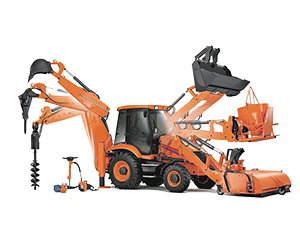
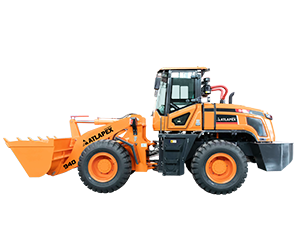
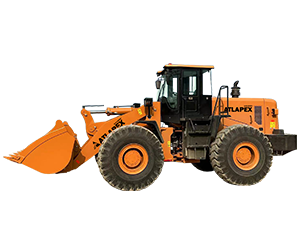
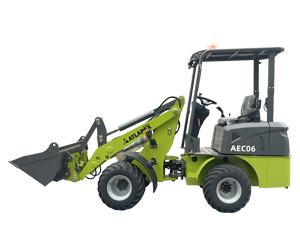
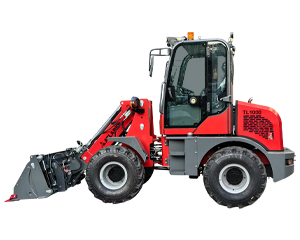
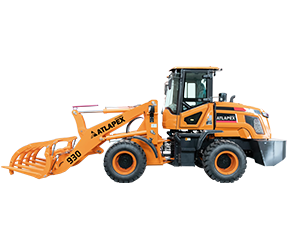
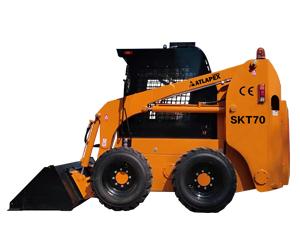
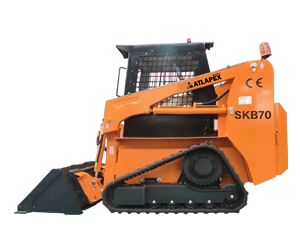
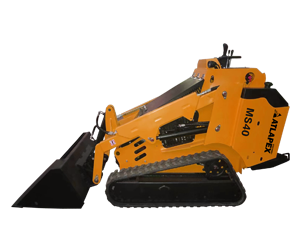
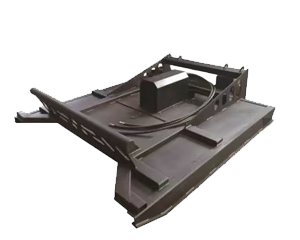
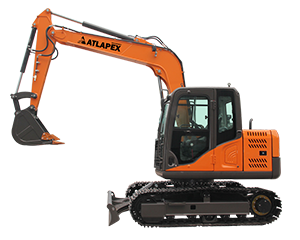

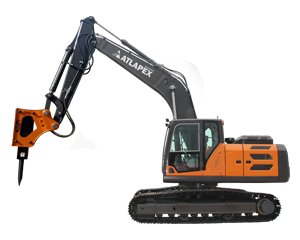
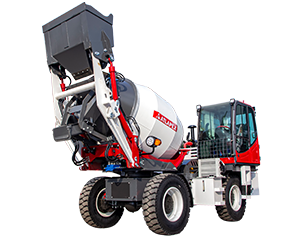
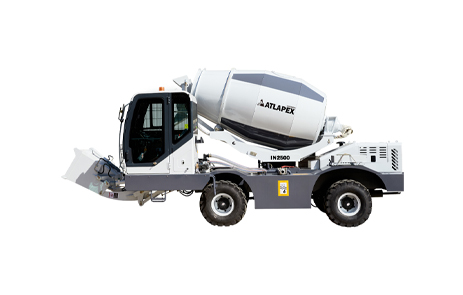
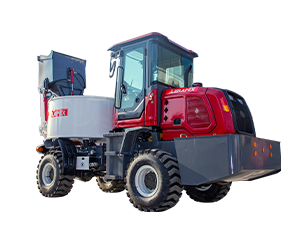
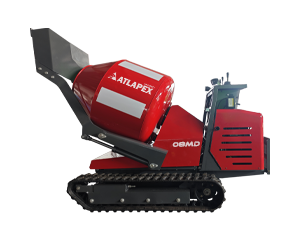



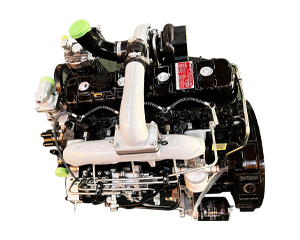





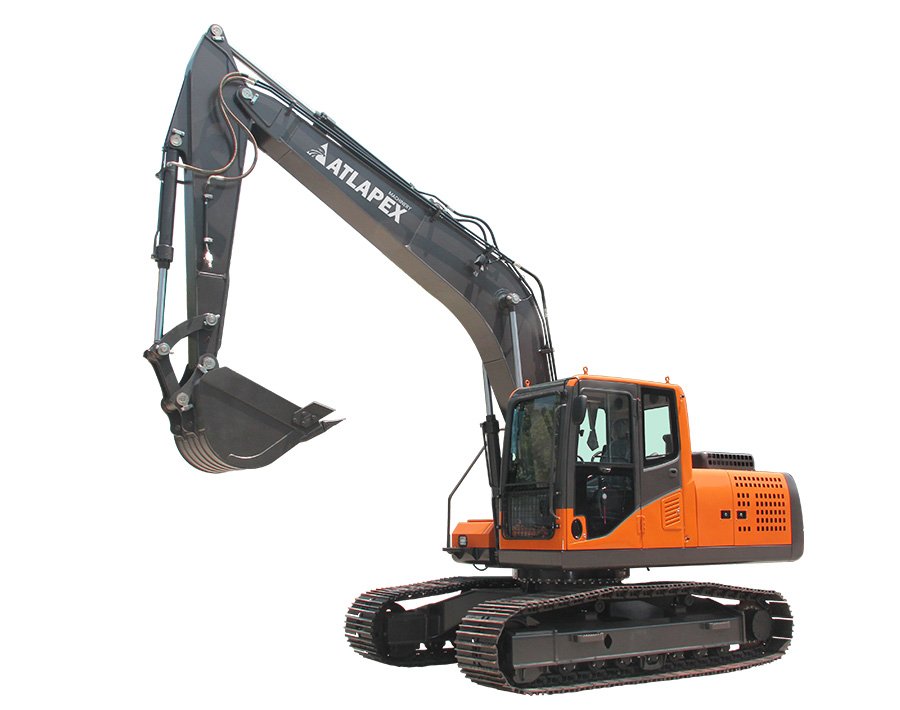
 WHO IS ATLAPEX ATLAPEX MACHINERY?
WHO IS ATLAPEX ATLAPEX MACHINERY?




